Camels and Llamas and Donkeys, Oh My!
December 8, 2021
Categories: Uncategorized
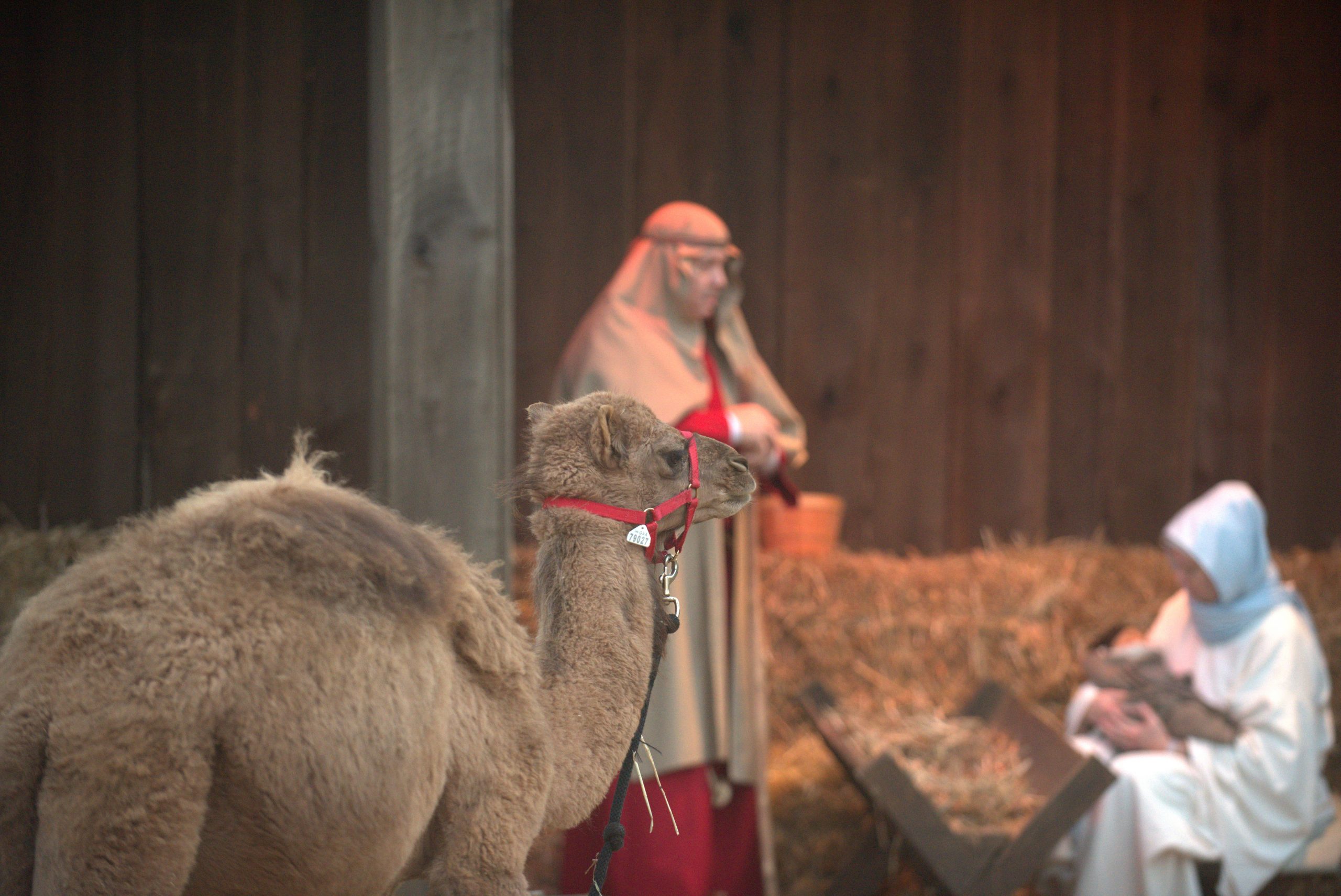
Those who come to Christmas at the Library at the Billy Graham Library each year experience the retelling of the birth of Jesus Christ, complete with a live Nativity depicting the very first Christmas night. Live Nativity animals for 2021 include a camel, a donkey, sheep, goats, a Zebu cow and a llama.
Here is some information about the animals that you can meet when you arrive. From 11am-1pm each day you can come meet some of the baby animals from the Live Nativity.
Pockets, the camel
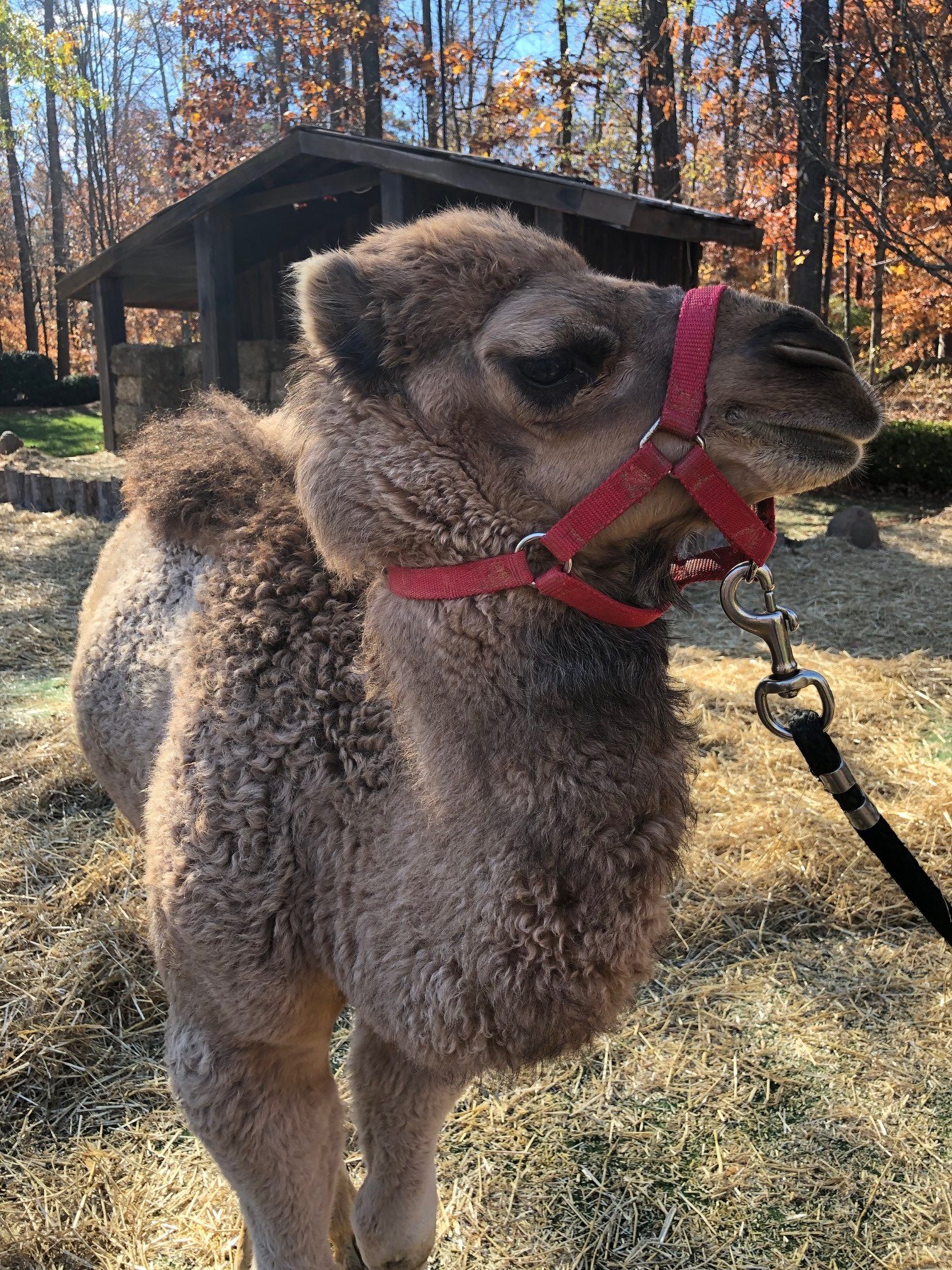
Pockets is a two month old dromedary camel. He weighs 70 pounds, but once fully grown, will be more than eight feet tall and weigh between 1200-1400 pounds. His hair is very curly and coarse.
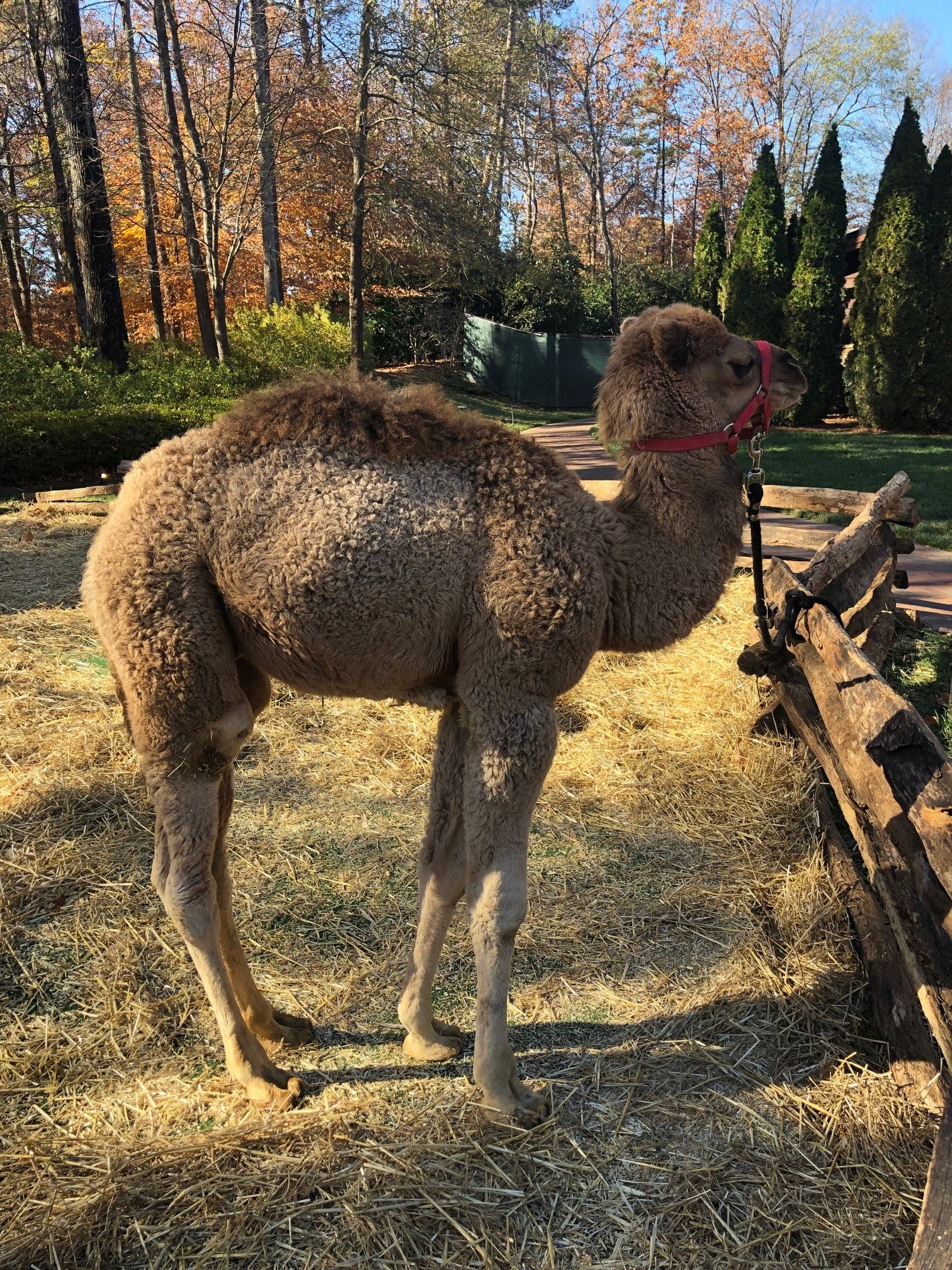
Camels have no top teeth. Jodi, from Sam’s Path Petting Zoo, showed us how Pockets and other camels like him have no top teeth. You will only see their gums.

Camels have two sets of extra-long eyelashes and that’s to help protect them from the sand in the desert. In addition, special hair in their ears and the way their nose is constructed is specifically designed to protect them from the sand in the desert. Dromedaries only have one hump but that hump can store up to 80 pounds of fat.
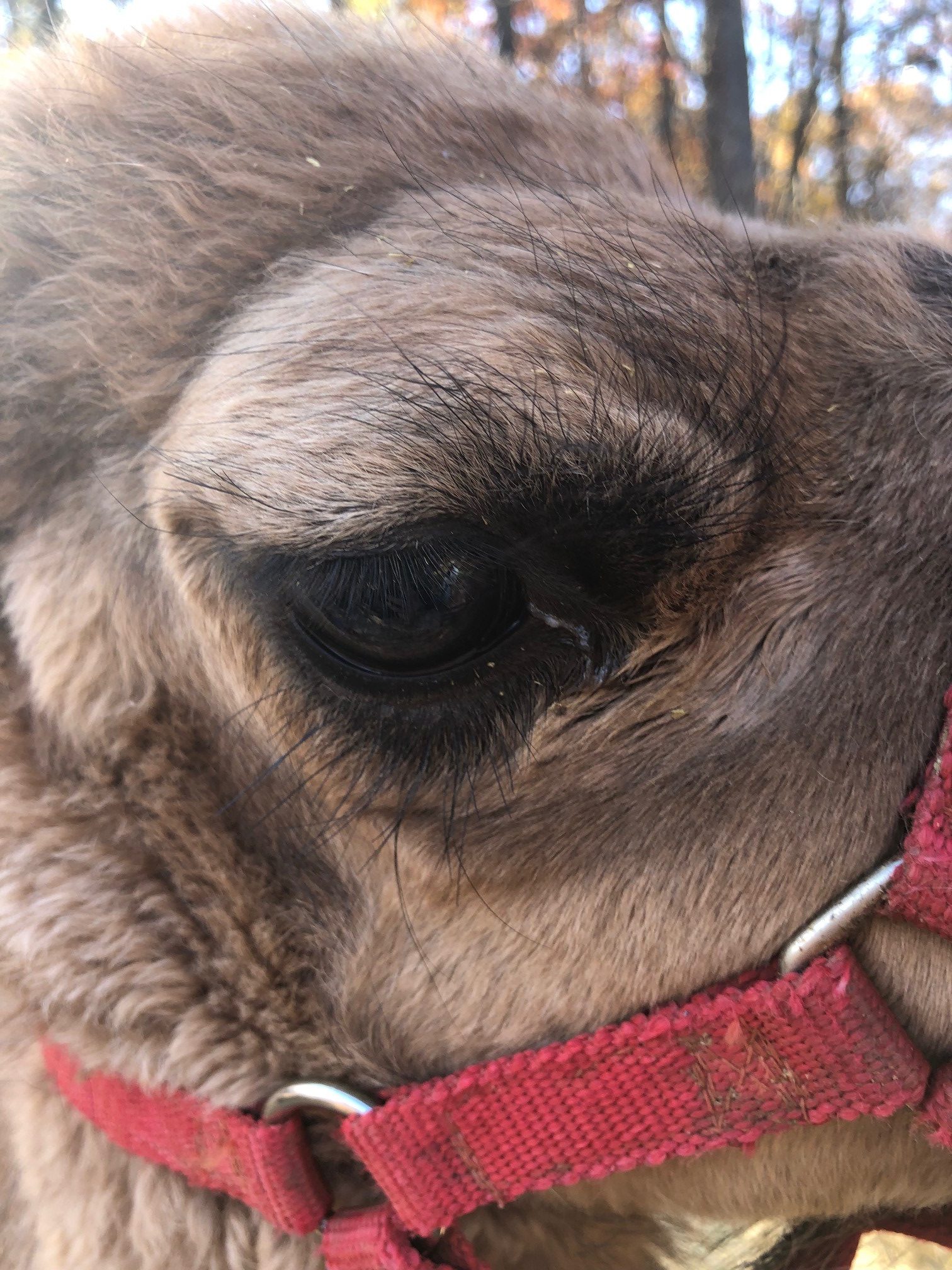
Pockets loves to be petted and will even take a selfie with you. Pockets is very docile. You can hear him huff when he gets excited.
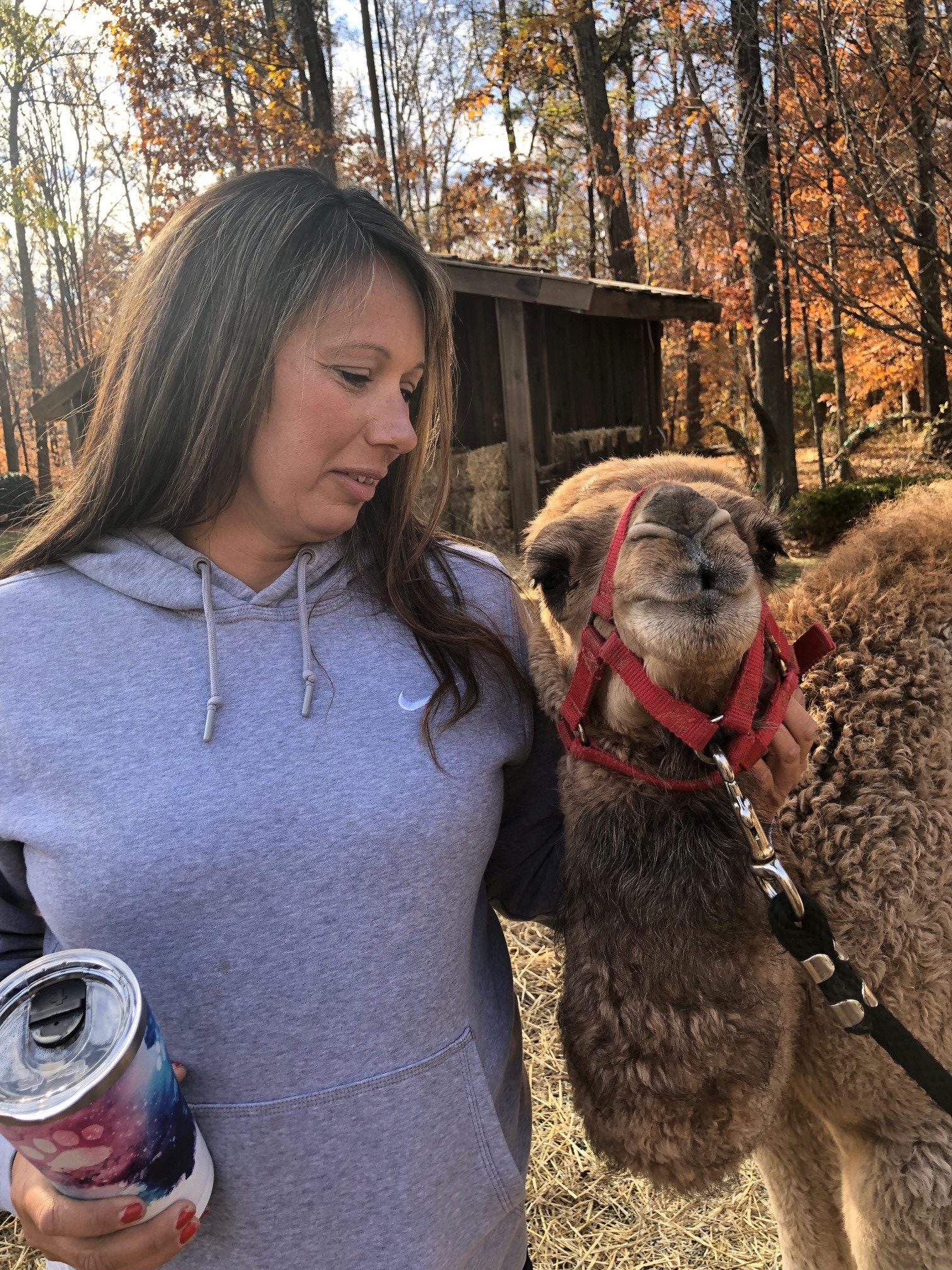
Tux, the llama
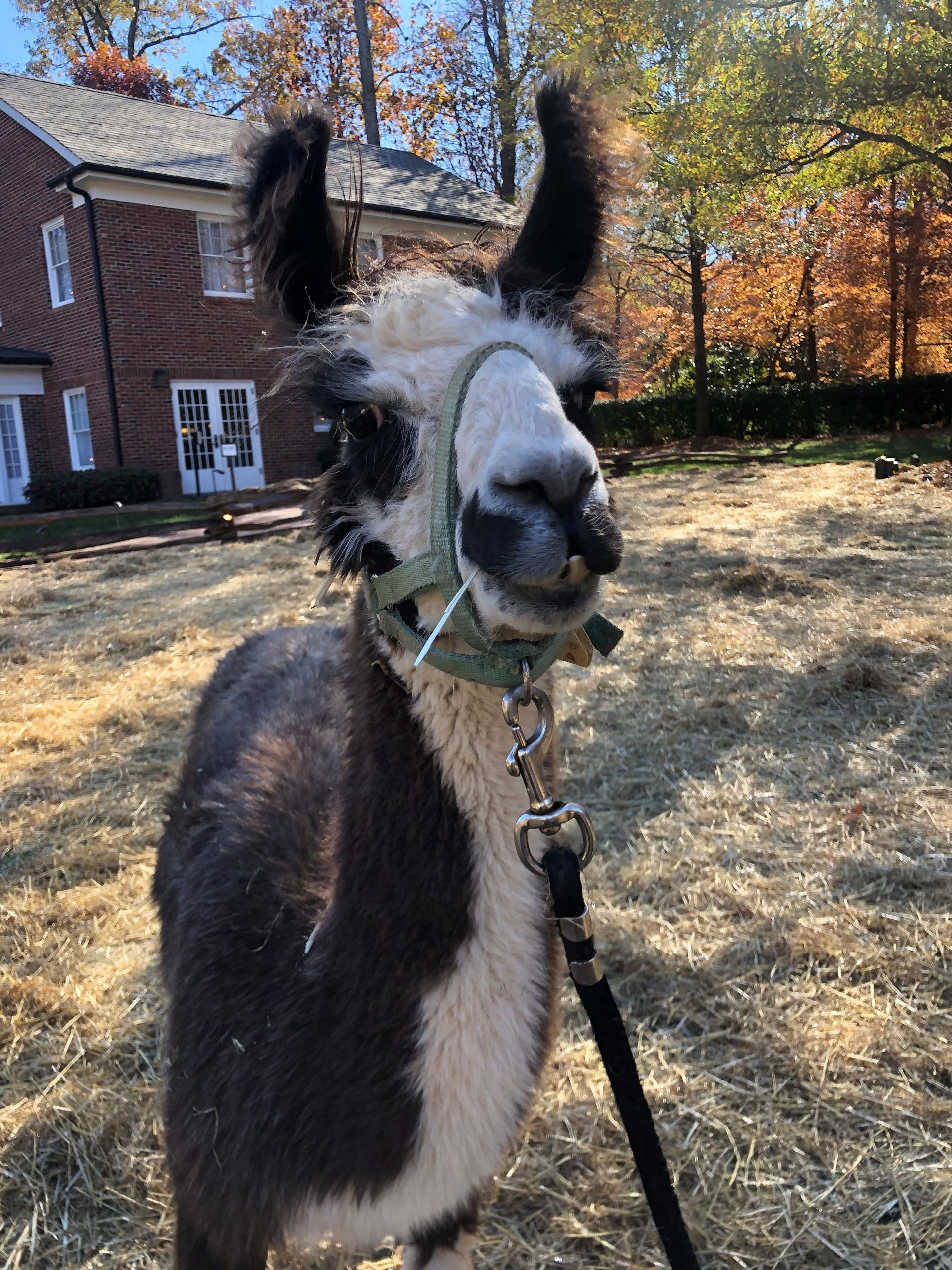
Tux is a tuxedo llama, because of their black and white features that resemble a tuxedo. Tux is ten years old and weighs 250 pounds. Tux also has no top teeth. Llamas weigh between 250-450 pounds and can carry 25-35% of their body weight. They are social animals and prefer to live with other llamas or herd animals. Tux loves to be petted as well and has quite the personality!
Bell, the donkey

Bell is a four year old female donkey. The average donkey stands about 40 inches tall and weighs about 550 pounds. They can live for over 50 years. Donkeys are strong and intelligent. They have an incredible memory and can quickly recognize areas and people and remember them for years. They are not easily startled and have a very keen sense of curiosity. The donkey’s mane is short and the hair on the donkey is coarse. The donkey can carry heavy loads over very rough terrains. Donkeys are very affectionate and you can see that in Bell. While many people flock to see the camels and llamas, Bell would love for you to stop by and see her.
Lilly, the goat

Lilly is a three year old goat. Lilly is part Pygmy goat part something else. Pygmys are one of the smaller goat breeds and range between 15-20 inches in height. Female goats weigh between 35-50 pounds. Male goats can weigh slightly more between 40-60 pounds.
All the animals eat hay, grass, and grain.
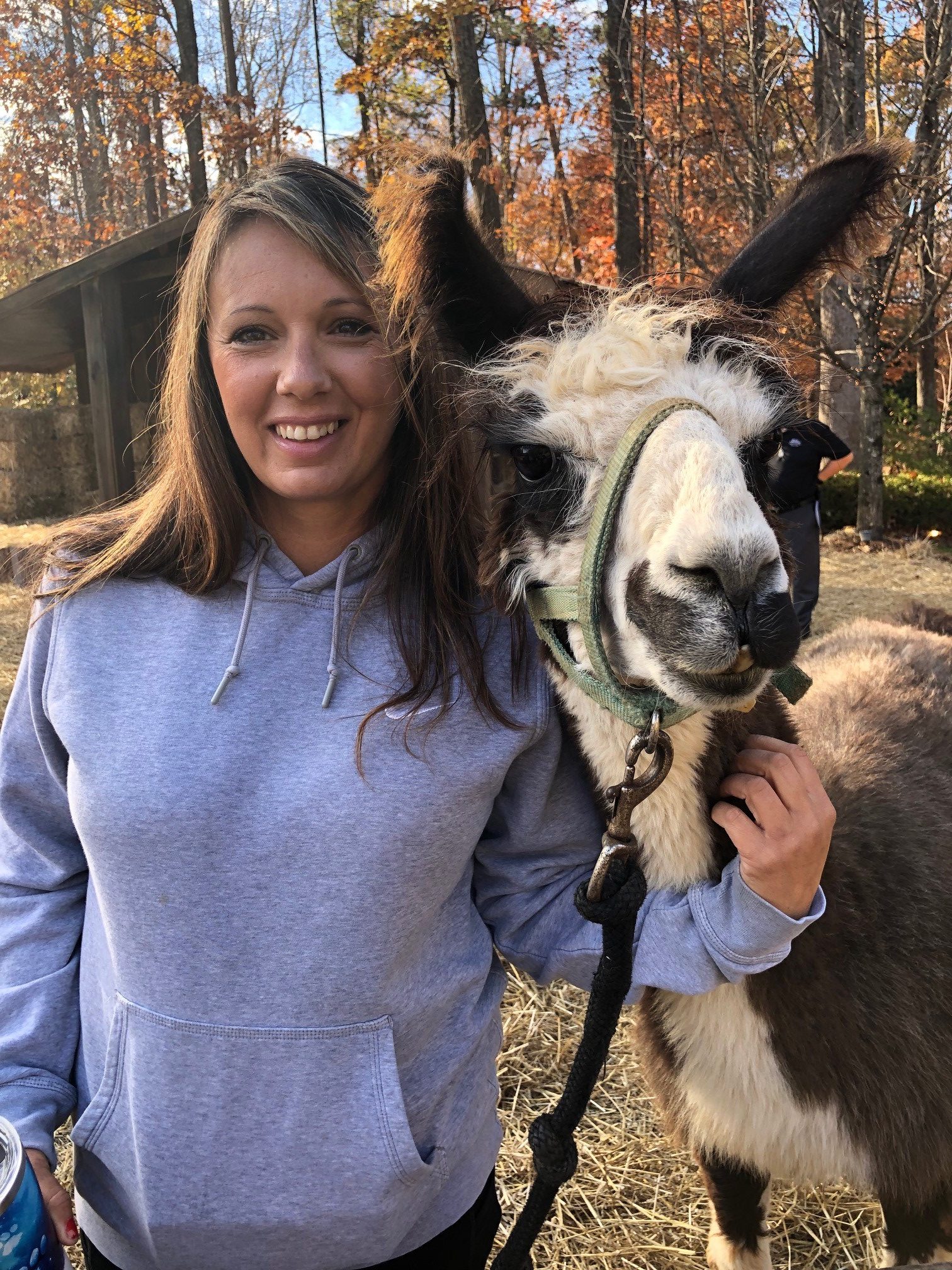
Jodi Gray, from Sam’s Path Petting Zoo, and her team bring all the animals that are featured in the live nativity at Christmas at the Library. When asked who is her favorite animal that she brings every year to the event — she told us it has to be Tux, the llama. Gray shared Tux is her favorite as he has such an incredible personality and has been with her the longest. But, as she was sharing her answer, apparently Pockets, the camel didn’t like that. He immediately came right over and began to nudge Jodi.

The Library’s operating hours during Christmas at the Library are Monday through Thursday, 9:30 a.m.-9 p.m., and Friday and Saturday, 9:30 a.m.-10 p.m. Christmas activities begin at 5 p.m. each evening. The Library is closed on Sundays. Admission and parking at the Library is free. Reservations are required for Christmas at the Library activities.
Plan your visit to Christmas at the Library.